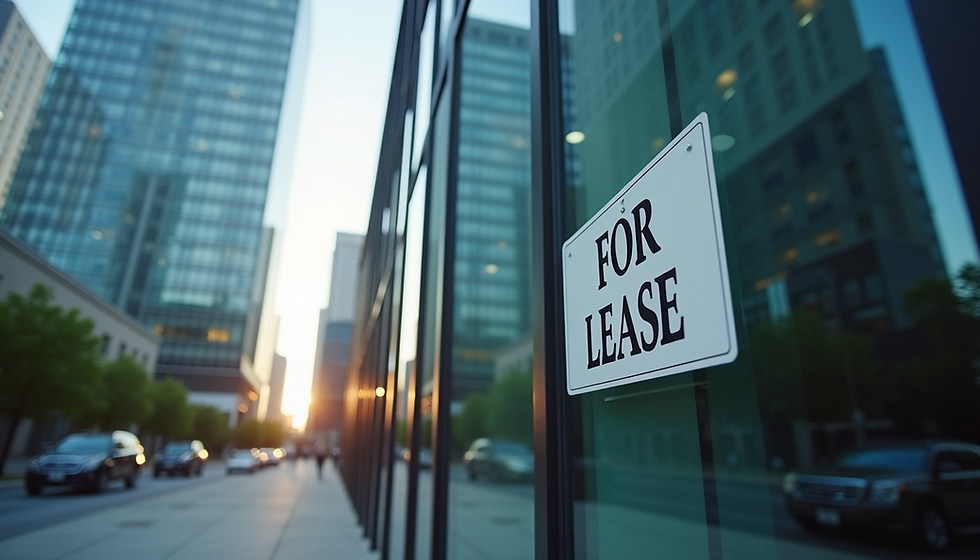The Benefits of a Leaseback Model for Tenants
- jorgevelasco08
- Sep 19
- 1 min read
The leaseback model has become increasingly popular in real estate because it offers unique advantages not just for investors, but also for tenants. By leasing a property long-term after it has been developed or acquired by a fund, tenants can access high-quality spaces without tying up capital or increasing debt.
Key Benefits for Tenants
Preserve Capital: Instead of spending large amounts of money to buy or build a property, tenants can lease it, freeing up capital to invest in their core business operations.
Financial Flexibility: Leaseback agreements provide predictable, fixed costs for occupancy, making budgeting easier and reducing financial risk.
Access to Quality Spaces: Tenants can occupy newly developed or high-standard properties that might otherwise be unaffordable if purchased outright.
Focus on Growth: Without the burden of managing property ownership or financing construction, tenants can focus on expanding their business and improving operations.
Lower Debt Exposure: Because the property is leased rather than purchased, tenants avoid adding significant debt to their balance sheet, improving financial ratios and overall stability.
Strategic Partnership: Many leaseback arrangements involve collaboration with experienced investors or developers, giving tenants access to professional property management and strategic insights.\
Conclusion
For tenants, the leaseback model offers a win-win solution: they gain access to high-quality real estate, maintain financial flexibility, and can focus on growing their business—all while benefiting from predictable costs and reduced financial risk. It’s an innovative approach that aligns the interests of both investors and tenants, creating long-term value for everyone involved.

